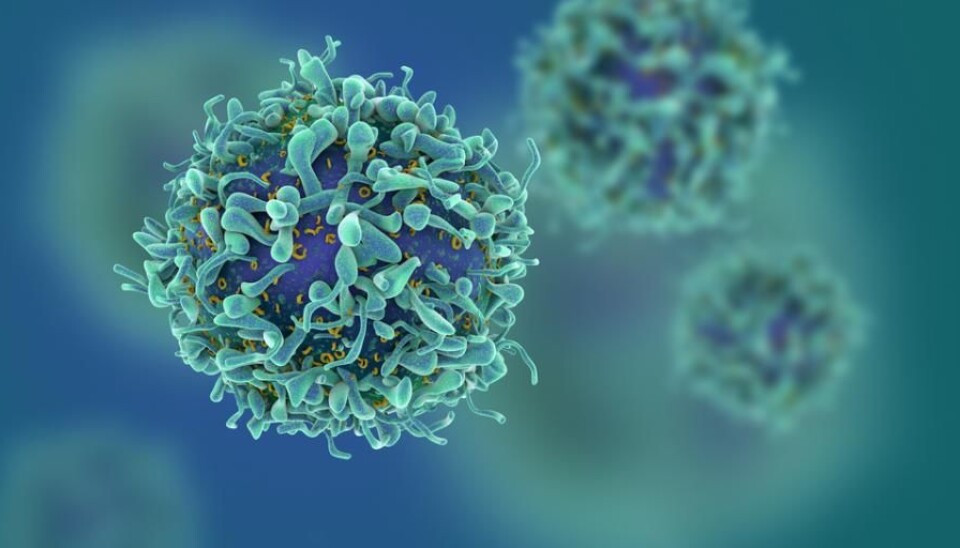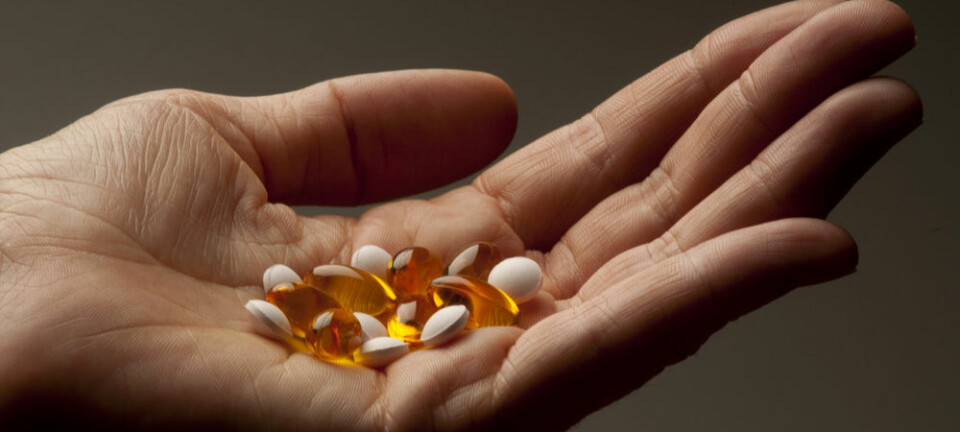
New atlas of cancer survival could lead to new treatments
The new tool might help explain why some patients live longer with the disease than others.
Cancer continues to be one of the biggest killers worldwide, but we still understand little of the underlying mechanisms that determine how a tumour develops and how long a patient may survive with the disease.
A group of scientists have now produced an overview of the connection between genes and the chances of surviving 17 different types of cancer, which represent around 90 per cent of all cancer cases.
The data is based on 7,932 tumours in what the scientists call, a cancer atlas.
“We can make a prognosis for patients based on the expression of genes for almost all types of cancer, and in my opinion it a big step forward. Cancer is the sum of all our parts and here we make a picture of health that no one else has done before,” says lead-author Professor Mathias Uhlén, scientific director at Novo Nordisk Foundation Center for Biosustainability at the Technical University of Denmark (DTU).
The new study is published in Science.
900,000 profiles of survival
Genes provide the instructions for how to create proteins, which often perform important functions in the body. But proteins can also contribute to the development of cancer.
The gene expression is therefore essential to understand how the cancer originates and develops.
By looking at the gene expression and comparing it with clinical data for a number of types of cancer, the scientists created so-called ‘profiles’ of patient survival. Prognoses are based on each of the 17 types of cancer, according to each of the gene expressions and where the tumour first formed in the body. In total, they created 900,000 survival profiles.
“We’ve analysed an enormous about of data and found the specific genes that improve or hamper survival. This wasn’t possible just five years ago,” says Uhlén.
Read More: Running can slow the growth of breast cancer cells
Increasingly tailored treatments
The new results highlight the need for more individual and tailored cancer treatments, according to Uhlén.
A tailored medicine is targeted at a specific sub-group of patients. For example, a group with a particular genetic profile who might benefit from a specific medicine.
Scientists have become increasingly aware of such treatments plans, as opposed to a ‘one size fits all’ approach, as they continue to understand the role that genetics plays in disease.
“Our understanding of cancer is still superficial when it comes to molecular mechanisms. Today, we take a biopsy from the patient, study the sample under a microscope, and try to figure out the best treatment. In the long-run we need to use more refined tools to treat cancer and we hope that our work has contributed an important building block towards that,” says Uhlén.
Read More: Taste can improve cancer patients’ quality of life
“A new approach”
To create the atlas, scientists drew from freely available databases, such as The Cancer Genome Atlas (TCGA), which contains information of genetic changes of 10,000 patients and 33 different types of cancer.
TCGA combines many types of datasets to predict how each tumour develops and for example, reacts to chemotherapy. The new atlas, called the Human Pathology Atlas, also combines a number of datasets and brings significant new knowledge to the fore, says Assistant Professor Jesper Bøje Andersen.
He is head of the Andersen Group at the Biotech Research and Innovation Centre at the University of Copenhagen, Denmark, where he studies genetic changes of tumours.
“I think it’s a very interesting article. It’s a new approach to see how genetic expression in cancer is connected with the development of the disease and links this with the protein expression and the patient survival from clinical data for a range of cancer types,” he says.
“Their study indicates that there should be more sophisticated and specific studies of every type of cancer to study whether each individual gene is the cause of the cancer, or whether it just follows it. It could be that they have found some genes that are involved in maintaining cancer, which in itself is also interesting, but has another relevance,” says Andersen.
--------------------------
Read more in the Danish version of this article on Videnskab.dk
Translated by: Catherine Jex









